▻ Bill Harlan
In conversation with Bill Harlan
““My 200-year-old plan was to create the first growth of California” ”
Episode Summary:-
In this episode of Great Wine Lives, Elin McCoy talks with Bill Harlan, producer of Harlan Estate, Bond and Promontory, wines from the Napa Valley that are among the most sought-after (and expensive) wines in the world. This came about despite Harlan having no wine background in his early life, though once he embraced it, his dynamic and deep commitment was a major factor in transforming the Napa Valley’s modern wine scene.
An inveterate risk-taker (he had raced motorcycles and made a living playing poker when younger), he bought a rundown resort called Meadowood and renovated it into the gathering-place for local vintners, San Francisco high society, and luxury tourism, which culminated in the splendour of the annual Napa Valley Wine Auction; he established glamorous restaurants that showcased local wines; and he invested in vineyards and a series of small wineries that helped define the top tier of excellence, turning possibilities into probabilities. His tightly focused journey into wine became a destination of its own, which he reveals to Elin, as well as relating how it is continuing into the next generation.
Elin begins by noting that one of his best-known tenets is establishing what he calls “a 200-year plan.” He responds that his decision to turn over the running of the winery to his son Will is part of that plan; transitions aren’t always easy, he says, but evolution is necessary. Will the next generation have more answers? He jokes that a little bit of luck helps, but that he’s well into the plan. He had the idea when he was single, then married 20 years later, and having a family was part of it, a theme he often returns to. Besides that, he says amiably, there is the future: “No one 80 years old ought to be running anything, and my kids have let me know they agree with that!”
Elin returns to the question of how he got started with wine, and Harlan tells how his family didn’t serve it at home. But, he relates, one hot day when he was 8 or 9 years old, he rode his bicycle down to a nearby river and discovered a small, plain building, which was very cool inside and full of interesting smells that lodged in his memory. Ten years later, he went to university near San Francisco and visited the Napa Valley (“you could taste wine for free—great fun,” he recalls). The next year, he made a behind-the-scenes documentary on wine, and that resurrected his boyhood memory. He calls it total happenstance, but very exciting.
Elin moves on to his penchant for risk-taking, such as motorcycle racing, poker-playing, and then making a fortune in property, and asks if that’s essential if you want to be in the wine business. It’s true of almost anything in life, he replies, being on the edge, continuing to evolve, and passing all that on to the next generation. She narrows the focus to wine: What captured you? I loved school, but not all the academic aspects, he replies. As a kid, he collected stamps, and he wanted to see all those places, see the world, and learn to sail and fly. “And I got to do those things.” But then he admits there was also wine. Having made the Napa Valley documentary, his goal was to buy “a little piece of land, settle down, raise a family and make wine.” The first task, he notes, was making enough money to do that; it took another 20 years, then he met his future wife, and it all started to work.
Elin asks about what and how he learned in those early days, as he began to be involved with wine. He had bought a rundown resort called Meadowood, intending to plant vines, but it wasn’t ideal for a first-rate vineyard, and he began to renovate the property. He tells how one day, he got a call from Robert Mondavi, who said he’d like to take Harlan to lunch. “When Bob Mondavi called, you went to lunch!” he exclaims. Harlan told Mondavi about his plans, but Bob said Napa Valley had more potential, and that Meadowood could be a good place to bring vintners together, good common ground, and also for a wine auction. Harlan thought he couldn’t afford this kind of commitment, but Mondavi emphasized the need for perspective, and offered to send him on a trip to France, to Bordeaux and then Burgundy, culminating in the historic auction at the Hospice de Beaune.
Harlan accepted, visited many great chateaux of Bordeaux and domaines of Burgundy. He says it indeed gave him perspective—he came back committed to establishing a Napa Valley wine auction at Meadowood, and he also reveals, gained another new insight, what he calls “a perspective on time—I didn’t have a clear vision until then.”
Elin asks if any particular chateaux or domaine moved him, but he demurs, saying it was more about the relationship to land. Bordeaux, he points out, has larger expanses of vineyards, on rolling hills, while Burgundy has smaller parcels on steeper hills, with the mid-section of those hills—what he refers to as “the tenderloin”—is the best. The Napa Valley is somewhere between the two, and that brought the perspective into focus.
Elin asks about his early forays into producing wine, as a context. Was it a test case for grander projects? He says it was part of the learning process, custom-crushing purchased grapes, seeking out the best vineyards and growers, and that this was the beginning of the 200-year plan, intended to create a wine that could be considered a first growth. He decided he wanted to be up in the hills and plant new vineyards on raw land, “create something new.”
Elin returns to the idea of the 200-year plan, noting that most people wouldn’t think forward more than 50 years or so. He explains that it was a way of looking back and looking ahead, 100 years each way. His family came to California after the Gold Rush of 1849, and he’d heard their stories when he asked his grandparents about their grandparents and gotten an idea of their history, an inspiration furthered by his travels in France, and then deepened by a sense of what his children and grandchildren could do. It’s a rolling plan, he says, a sense of evolution, and will continue to be, generation to generation.
And, as so often, that brings him back to the land. We plant and replant a vineyard every 40 or 50 years, he tells Elin, and so you don’t get a chance for a lot of practice—it takes at least 10 just to begin to get an idea, you’re taking a risk of time and money. Most American businesses often work on a short-term basis, to create the most money in the least time, he notes, but wine-growing makes you think in large chunks, especially if you want to get better and better.
Elin asks what he’s learned at Harlan Estate and the subsequent wine ventures. He notes it was 12 years before he was satisfied it was good enough to release, and more to make a profit. That was when he decided to create Promontory, for the next generation, “for them to develop instead of just being the stewards of what our generation had done, and give them room to evolve and change.” He notes that some of his son’s tech-minded friends thought making wine was something “out of the Dark Ages,” and mentions that Silicon Valley was once a major wine-producing area but didn’t evolve, and lost its character. “Silicon Valley’s all about change,” he states, “Napa Valley’s about permanence.”
When Elin raises the issue of climate change, he mentions how the resurgence of phylloxera enabled growers to replant more of better varieties based on what they’d learned about the land, and have gotten closer to what’s good and what’s great about their possibilities. Harlan replants a small amount of their vineyards every year, a cycle that, he claims, enables flexibility and makes sense. “When we take the fruit and make wine, it’s a duty with intent, we work as though we’re artists, especially the winemaker, that’s an underlying purpose.”
Finally, Elin asks what he is most proud of, and he responds that it is having built a real foundation, with great land and a great team (they’ve been together from the start), and built a culture that will last, not just for our family, but for our extended team. Now we’re passing the baton, hoping they keep taking the risks, and evolving.
Running Order:-
-
0.00 – 14.00
“It was an eye-opening and inspirational experience and the most important thing it did was change my perspective on time”
– Growing up and his first experiences with wine.
– From real estate to wine.
– His ambition to create a First Growth and the 200-year plan.
– Meeting Bob Mondavi and his trip to Europe which changed his perspective.
– Deciding to start the Napa Valley Auction at Meadowood. -
14.11 – 32.30
“I wanted to be as close as I could be to Martha’s Vineyard, but I wanted to be in the hills”
– Looking for and planting Harlan Estate.
– Planting in the hills on raw land.
– Buying Sunny St Helena Winery and renaming it Merryvale.
– Importance of continuity of the team. -
32.31 – 01.01
“Winegrowing is an art of man and nature”
– Creating Bond and Promontory.
– Dealing with climate change.
– The important aspects of running a great estate.
– Managing generational change.
– Bill’s view of the future of the Napa Valley.
RELATED POSTS
Keep up with our adventures in wine
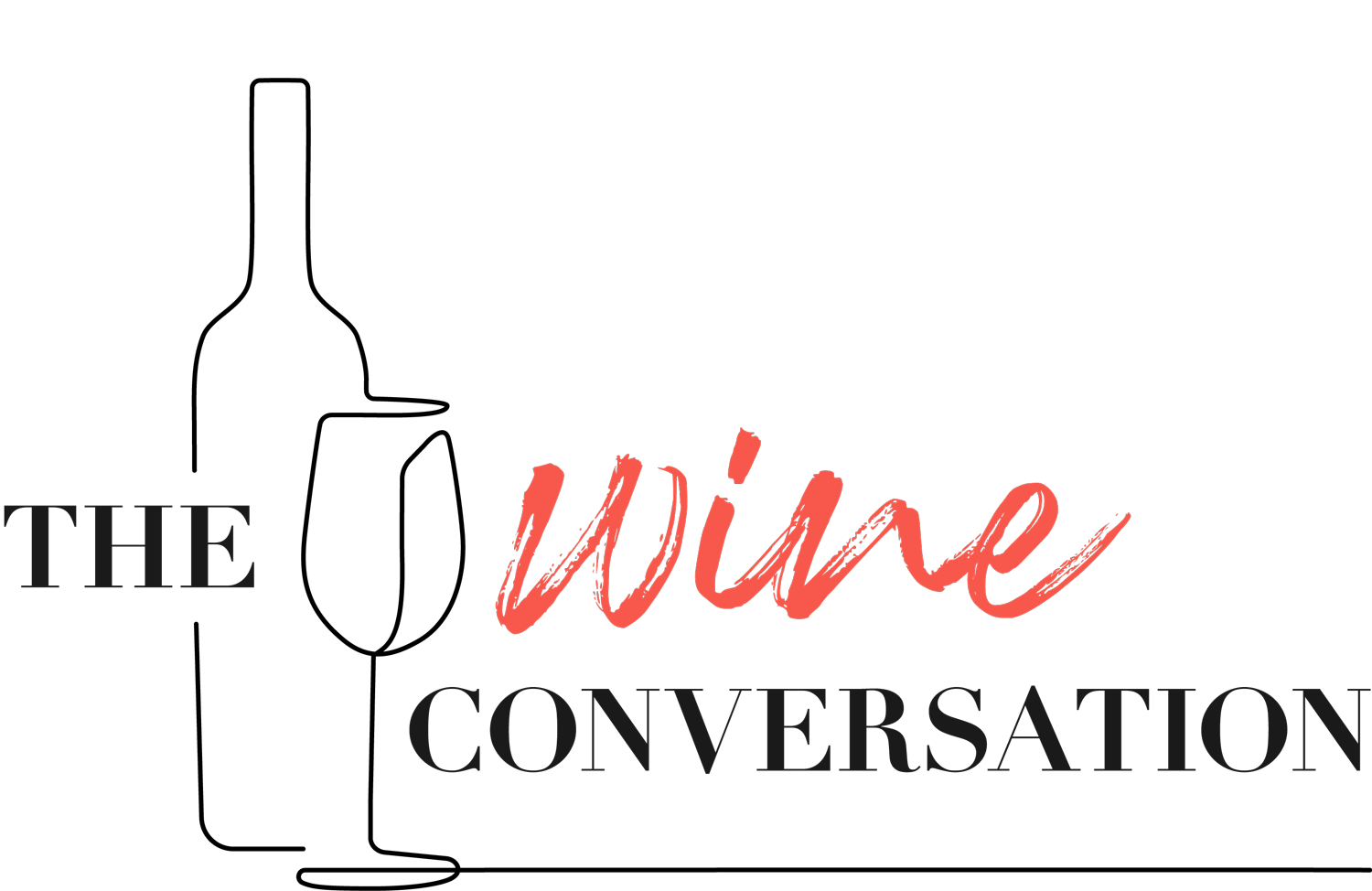





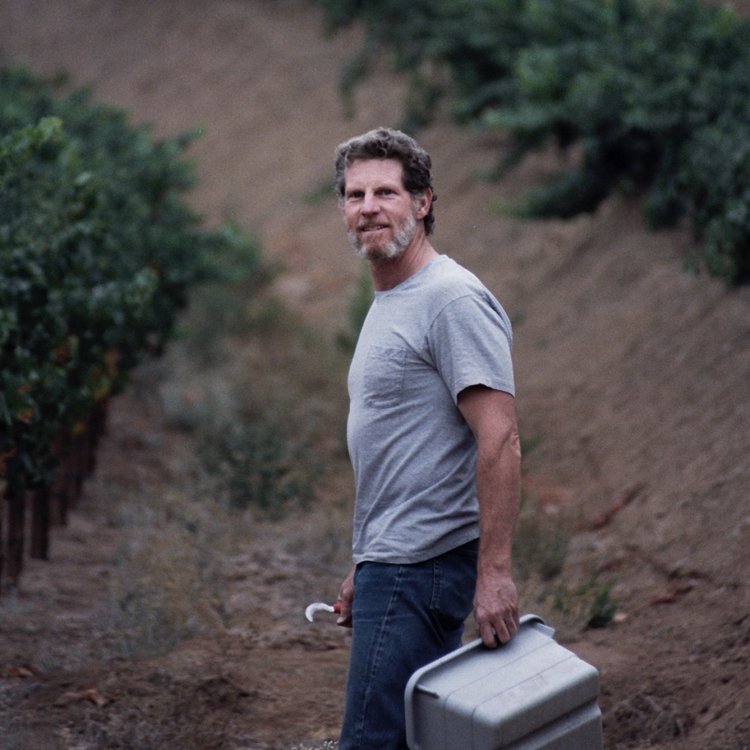
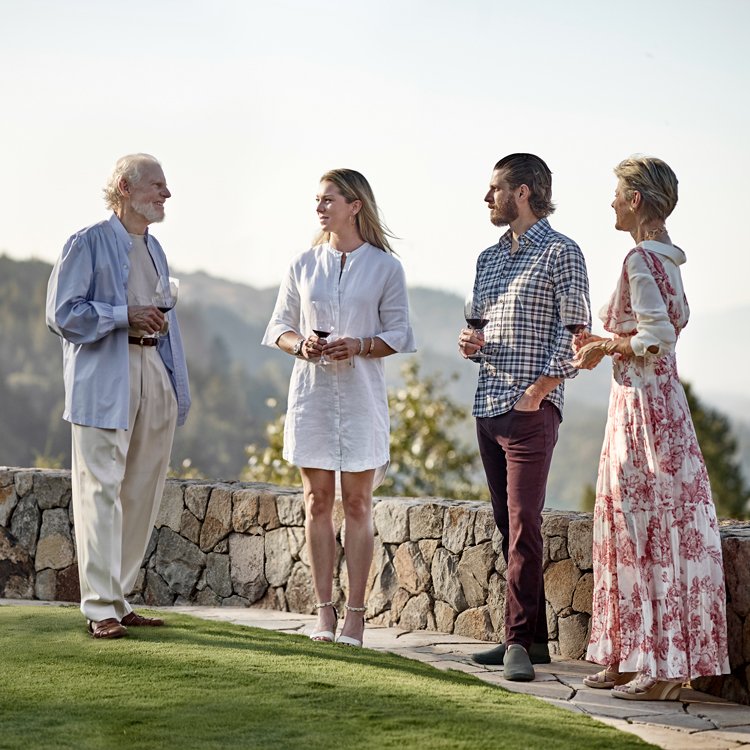
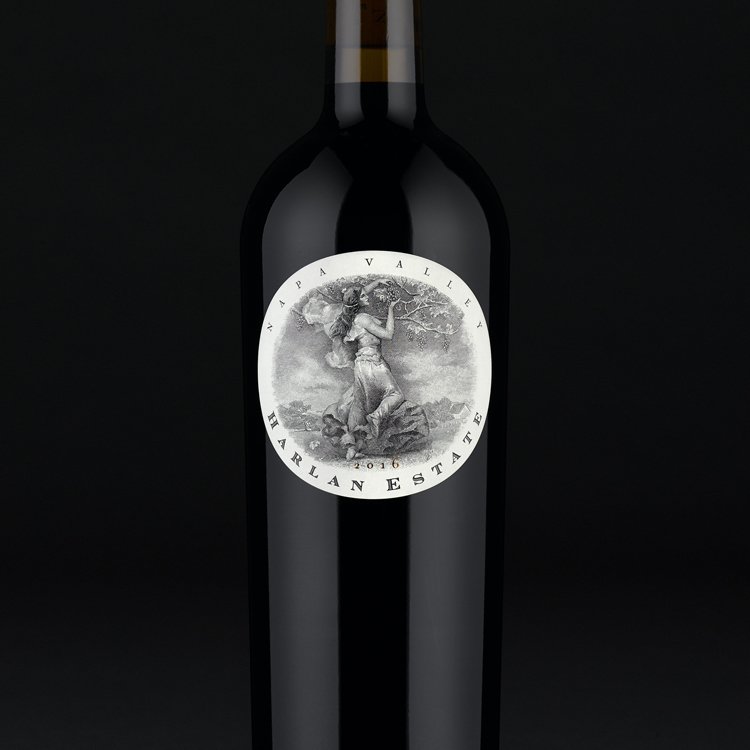
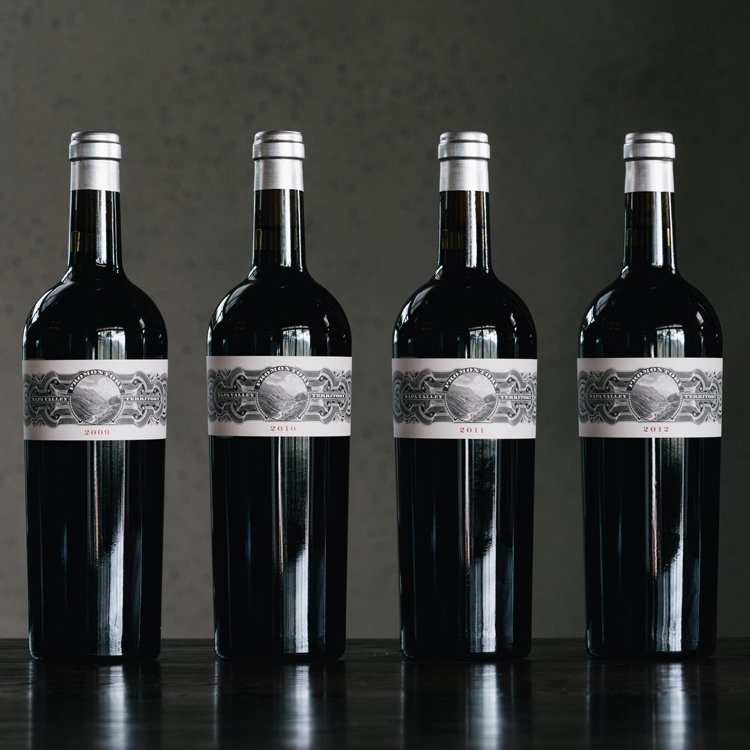

Alexander Van Beek, Estate Director of Château Giscours and Tuscan estate Caiarossa.